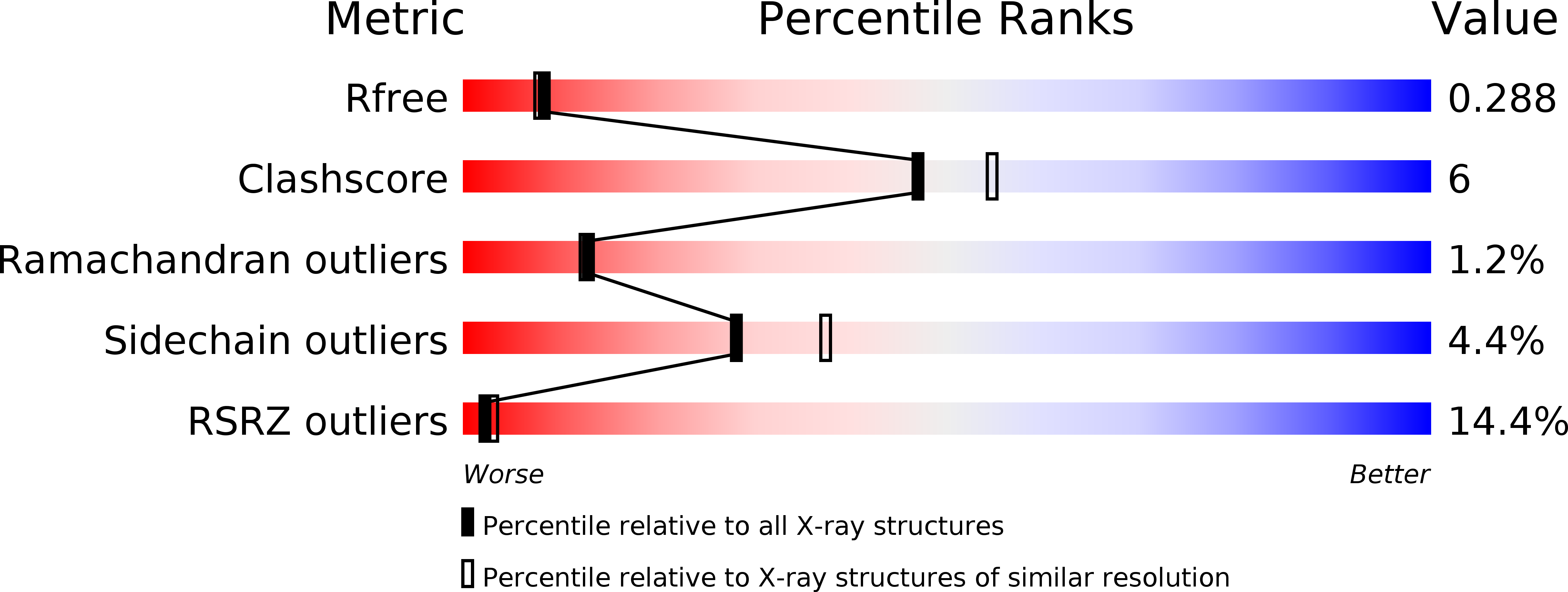
Deposition Date
2015-09-14
Release Date
2016-07-20
Last Version Date
2024-01-10
Entry Detail
PDB ID:
5DPV
Keywords:
Title:
Aurora A Kinase in Complex with AA35 and JNJ-7706621 in Space Group P6122
Biological Source:
Source Organism:
Homo sapiens (Taxon ID: 9606)
Host Organism:
Method Details:
Experimental Method:
Resolution:
2.29 Å
R-Value Free:
0.27
R-Value Work:
0.22
R-Value Observed:
0.22
Space Group:
P 61 2 2


